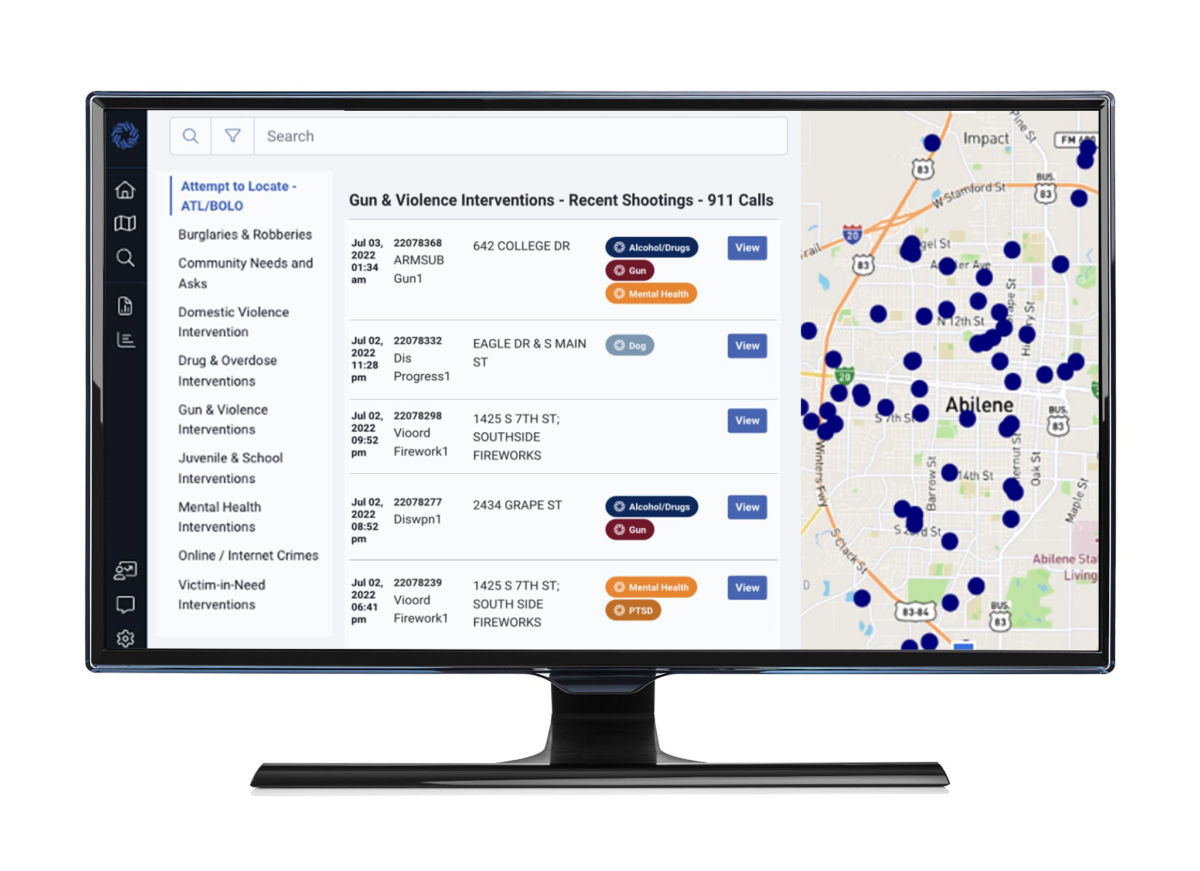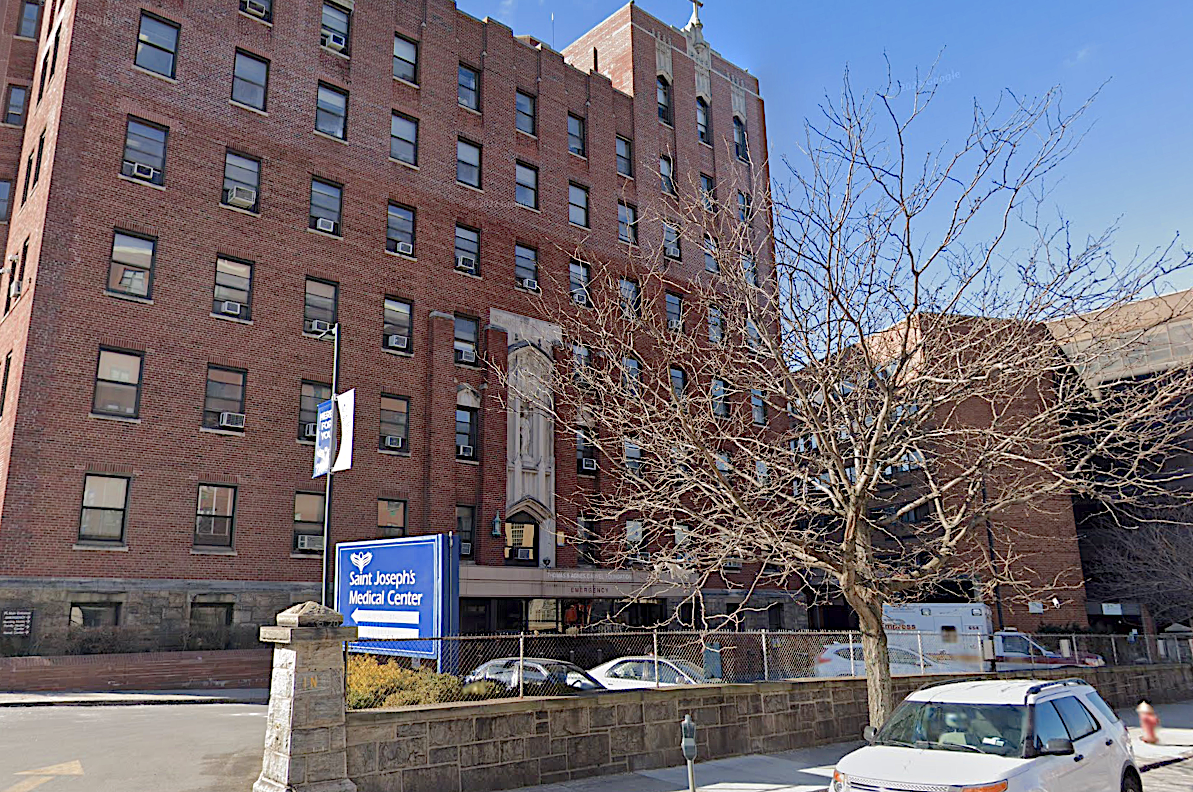
TechXel, a business accelerator dedicated to helping connect Fairfield County entrepreneurs launching businesses with venture capitalists, recently hosted a Zoom conference featuring Andre McGregor, a cybersecurity entrepreneur and former FBI special agent.
“After Quantico I was assigned to Manhattan working counterterrorism and cybercrime,” McGregor recalled. “I turned in the badge and gun in 2015 and was out in Silicon Valley building cybersecurity software. Then after George Floyd I decided to start another venture called ForceMetrics to help police departments make better decisions in the moment using the existing data they collect with 911 and other systems they have.”
McGregor shared insights with attendees through the TechXel Stamford Venture Expert Series. The long running series is the result of a partnership between TechXel and the Ferguson Library in Stamford. The series moved online after the start of the pandemic, creating new opportunities for an even wider network including McGregor who is based in Denver, though he has ties to the greater New York City metropolitan era from his FBI days.
During the webinar, McGregor spoke about the most common security threats to many small businesses and urged attendees to take their security measures seriously. Those steps included the use of password managers, enabling two factor authentication wherever possible, and providing proper training for staff to recognize potential phishing attempts.
In addition to security advice, McGregor also discussed his latest venture, ForceMetrics. Several police departments around the country have expressed interest in the technology, including the City of Stamford.
“I started ForceMetrics shortly after George Floyd’s death,” McGregor said of the project. “I didn’t want to just be emotional I wanted to do something more impactful. So, after a lot of conversation with police chiefs I realized that the biggest issue that they have is that the data that they collect doesn’t give them any insights back.”

McGregor said that television shows like “CSI,” “NCIS” and “Hawaii Five-0” give the public misconceptions about how quickly and easily police databases can be searched. He shared images of what many current police databases and dispatching systems look like, many featuring interfaces and designs dating to the late 1990s, if not earlier. Even if complete reports are available and stored in the system, they might be displayed in an all-caps format designed for sending over an early cellular network to an old Motorola terminal rather than ease of reading.
“I need to help produce better inputs for them so they can have better decision making,” McGregor said he realized. “My lead engineer at my other venture [ShiftState Security] came from Major League Baseball. I said to him, ‘Hey, you know what you’re doing for players, coaches, and scouts to make better decisions? Can we do that for dispatchers, officers and chiefs?'”
The result is an interface that uses design language familiar to users of Google Maps, but instead of noting which restaurants have particularly good prices or atmosphere it highlights key information about individuals and places that appear in searches. McGregor pointed to a tag indicating that an individual mentioned in a 911 call was known to have autism as something that could forewarn police officers about the cause of erratic behaviors.
“If you think about cases where it’s two o’clock in the morning and the officer gets there and a person’s combative, if they identify the person to have dementia, instead of tackling him to the ground you know you should help him get home to his wife,” he said.
A desktop version available for dispatchers will help them provide relevant information to officers in the field and will also enable them to quickly reference statistics and metrics such as the estimated homeless population for different regions within a city which can be valuable context in many aspects of police work according to McGregor.
AI similar to GPT-3 can also be used to compile quick summaries and pull keywords out of prior police reports, allowing the information to be presented in more depth than in a reporting code. It also makes the information accessible to officers checking data from the field.
“We made it specifically for the officer on the road or the dispatcher,” McGregor said. “We have to help them see that data can help them while going from call to call to call. It’s very easy when you’re a detective in an air-conditioned building where there’s no rain to be able to spend time looking something up. But when you’re in a car and you’ve got a couple minutes before you step out, it’s about time we give them something more than gut instinct to go on. Being able to get some quick information can help them make a better decision and have a better outcome.”





















